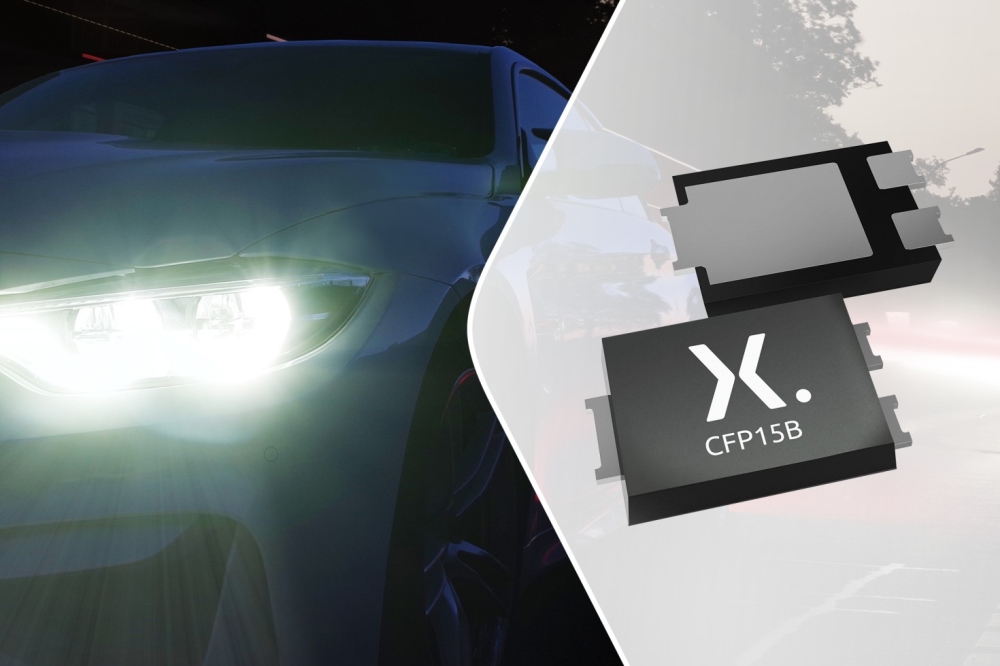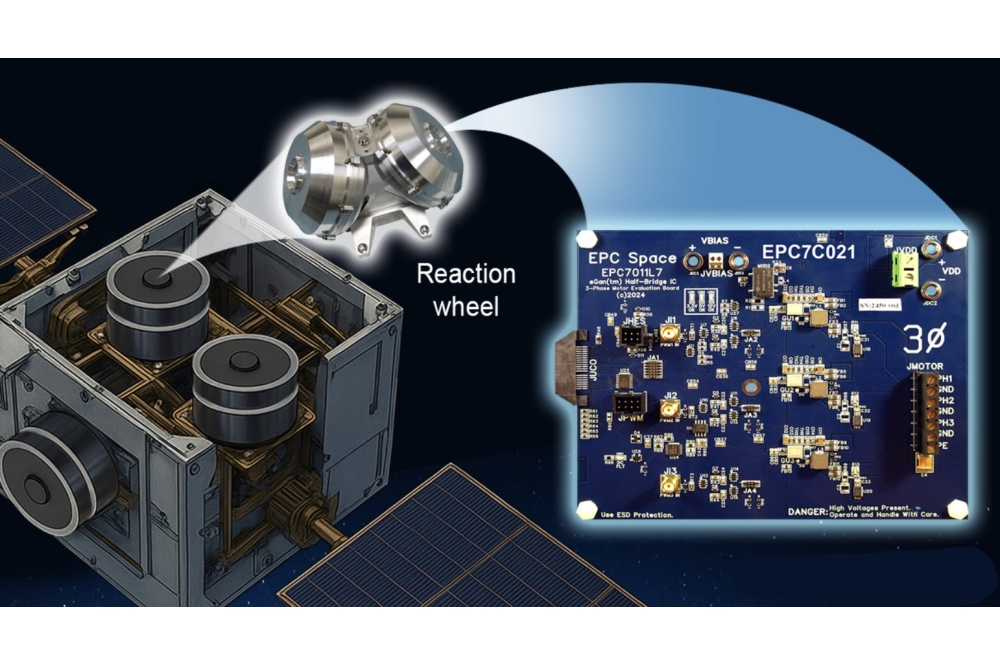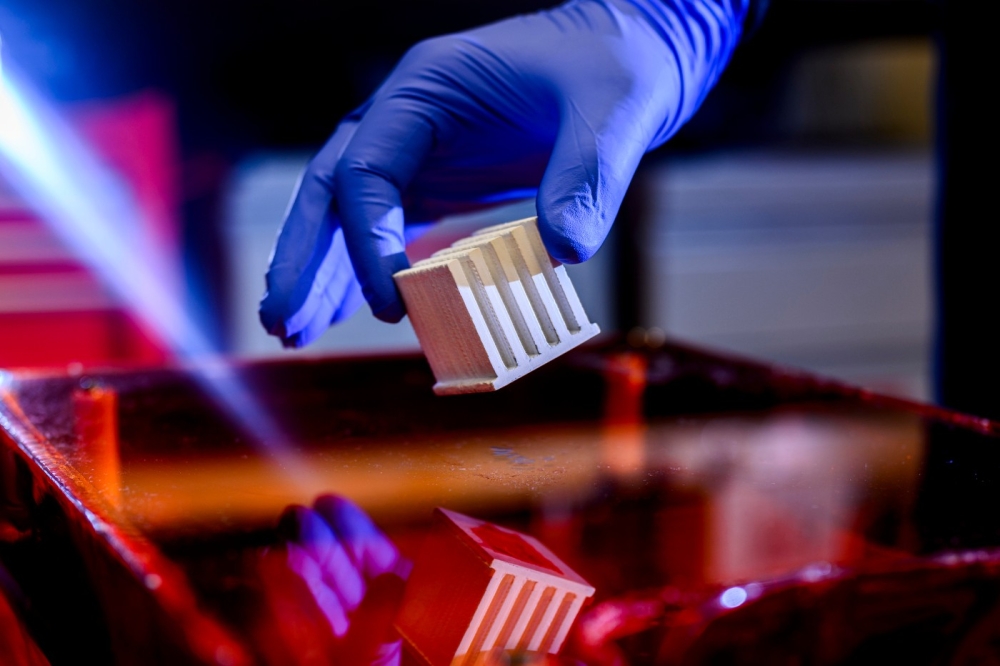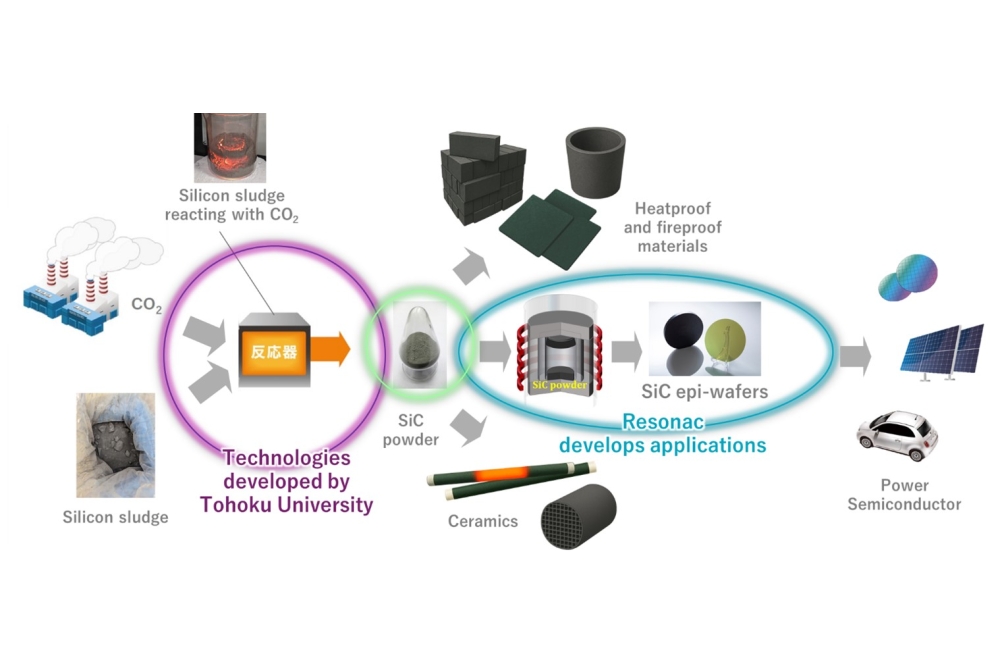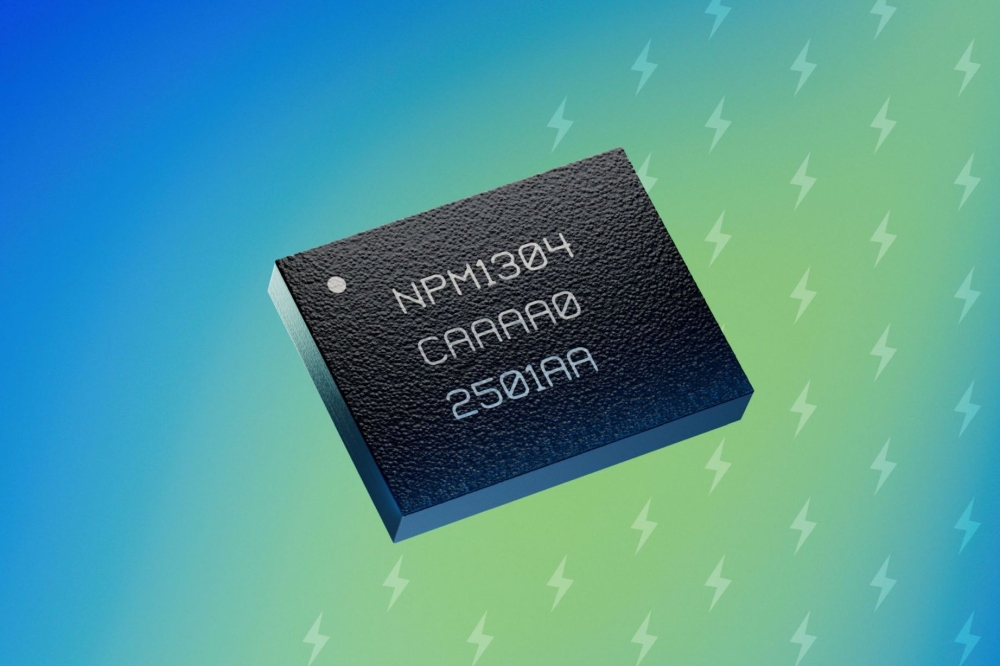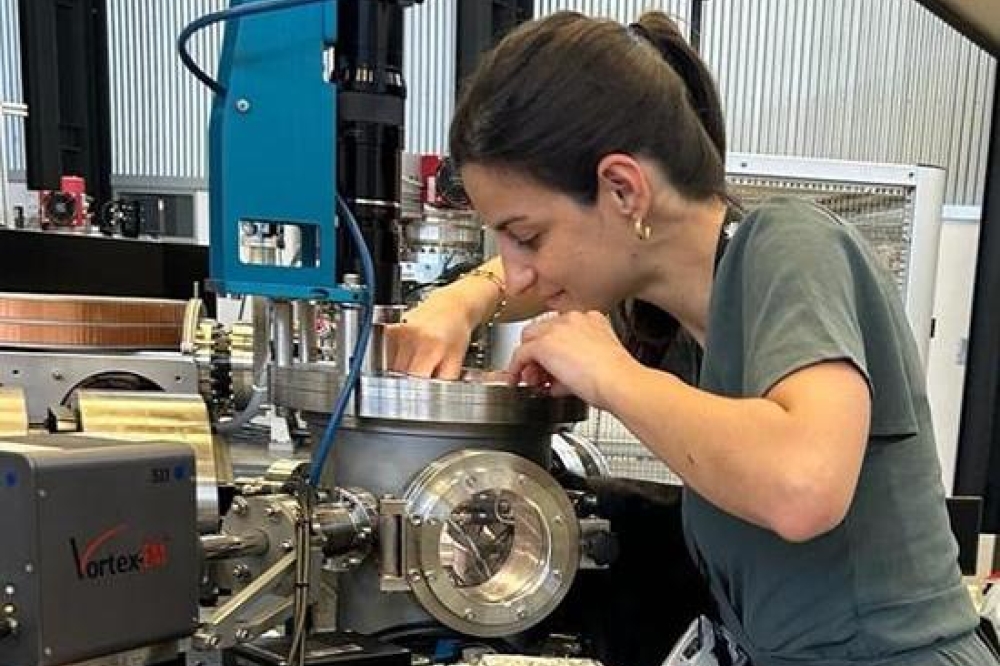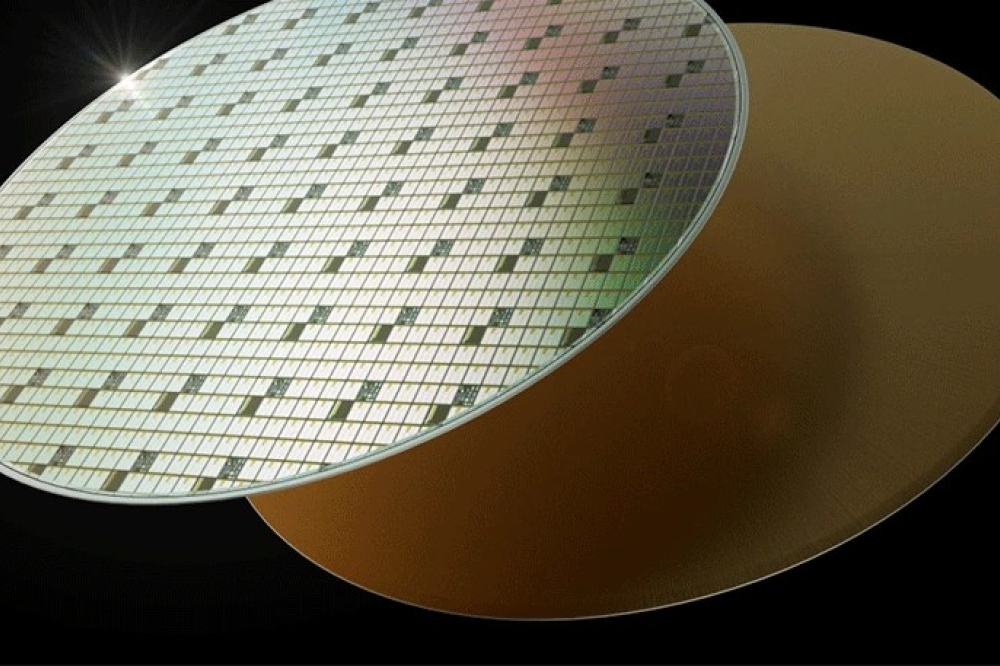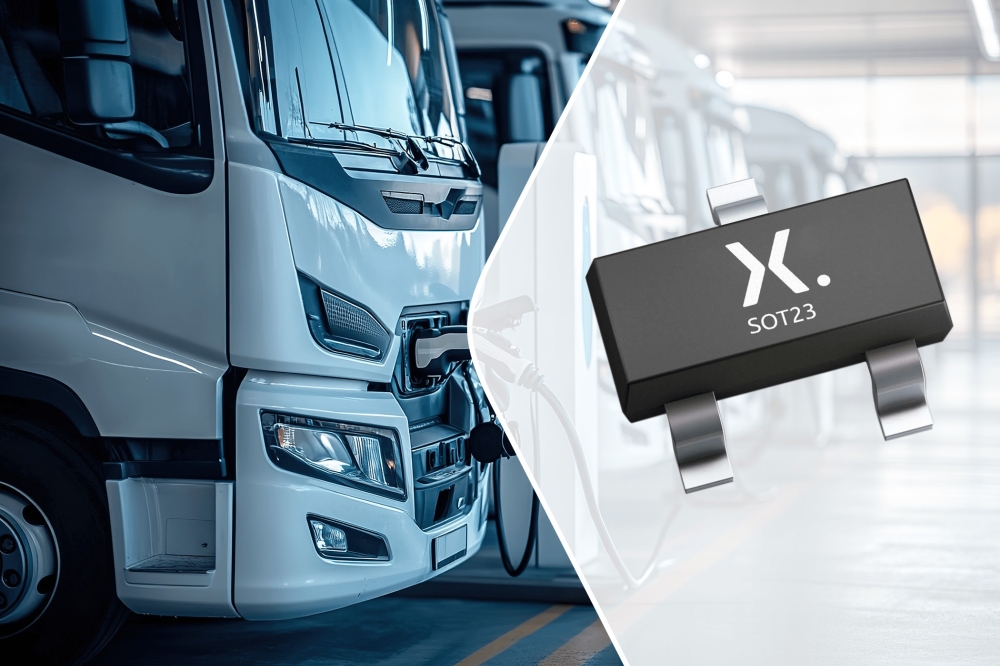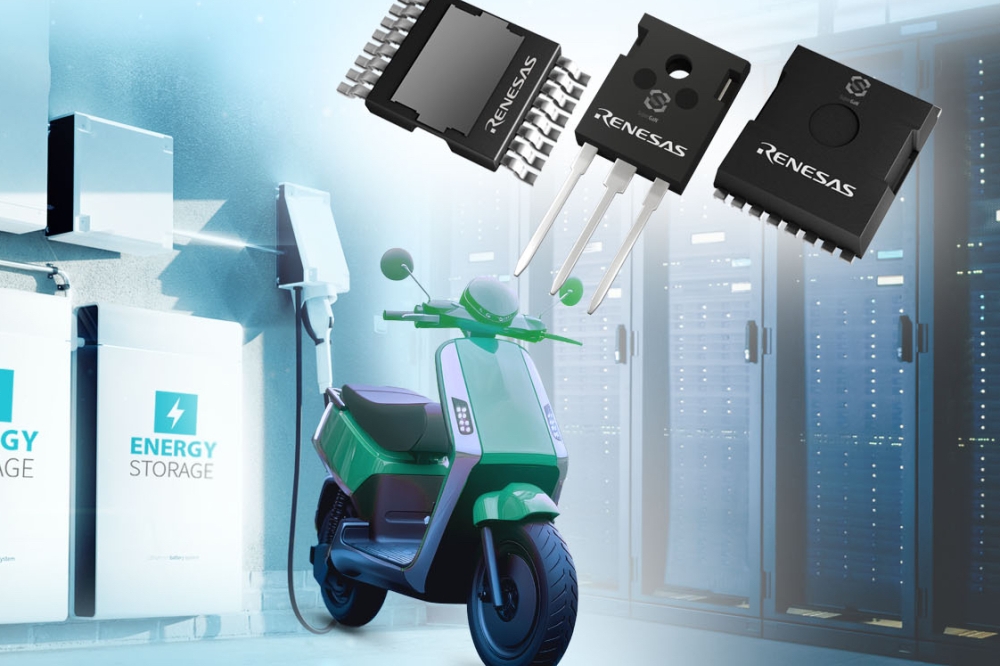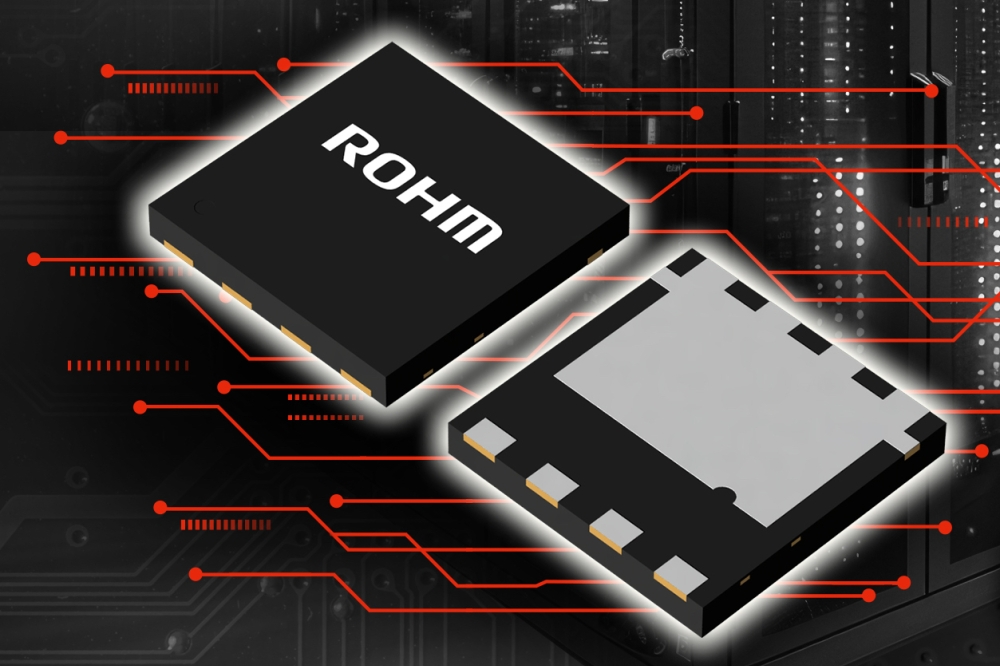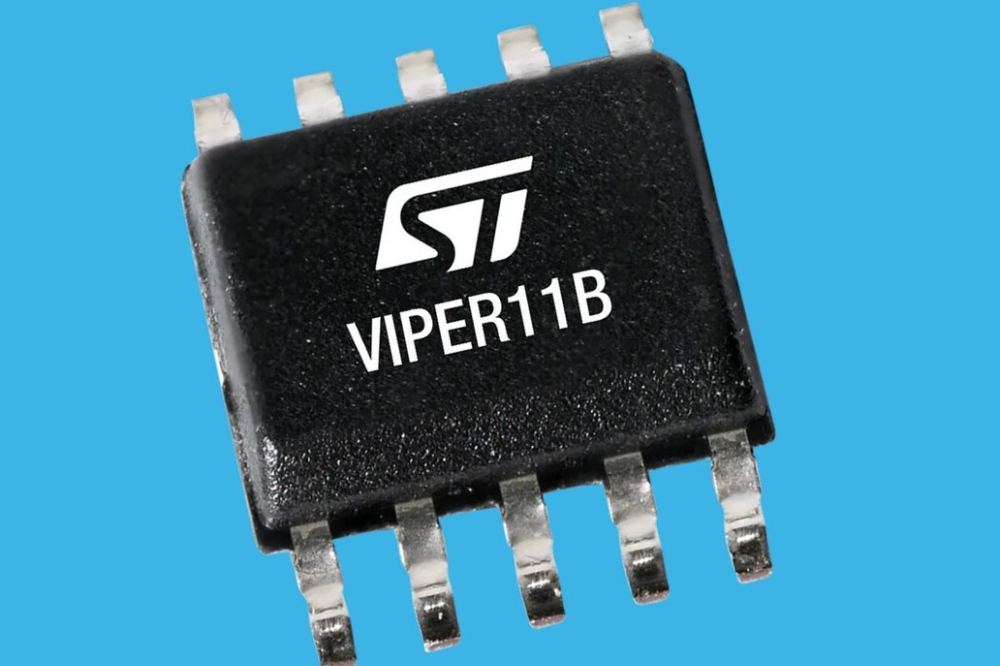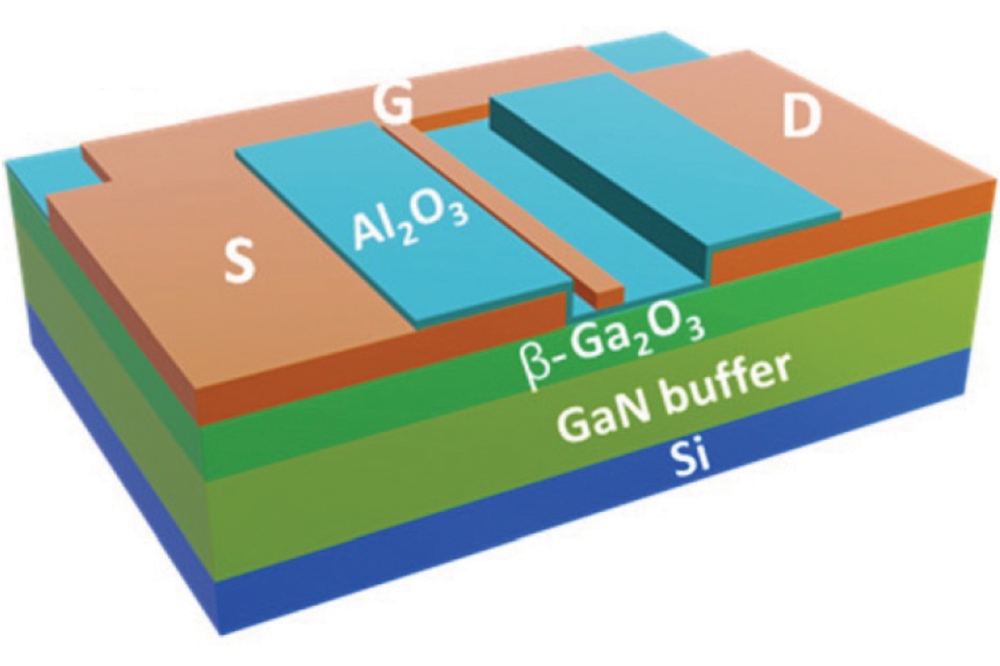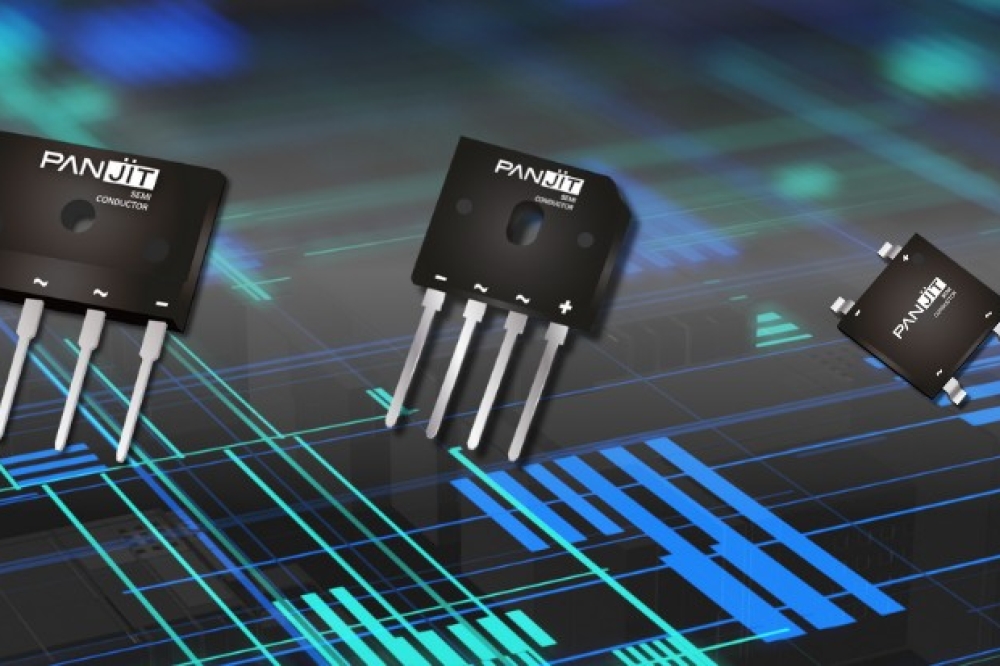UK can lead modern grid technology, says new report
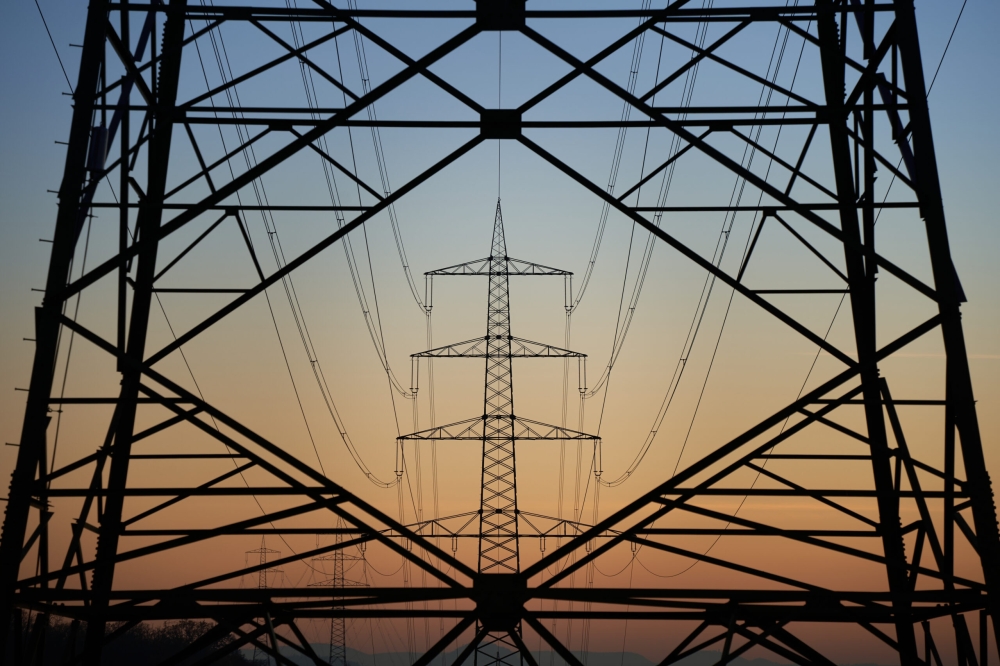
The UK has all the ingredients to take advantage of a promising new semiconductor technology that will make our energy grids smarter, more reliable and less prone to blackouts, according to a new report published by Compound Semiconductor Applications (CSA) Catapult.
Solid state-transformers (SSTs) are an advanced type of transformer that use power electronics and high-frequency components to convert and control electricity.
They are extremely useful for integrating renewable energy sources and energy storage systems into the grid, as well as managing surges and disturbances, reducing the likelihood of blackouts.
In April this year, a major blackout occurred across Spain and Portugal, disrupting power for more than 10 hours and causing economic losses of an estimated $1.6 billion.
Compound semiconductors such as SiC and GaN, are the material of choice for this application as they can handle higher voltages, operate at higher frequencies, and perform better at higher temperatures.
Even though SSTs are still a nascent technology, the SST market is projected to grow at a double-digit compound annual growth rate (CAGR) through to 2030. Similarly, the market for SiC power devices is expected to grow at over 20 percent CAGR over the same period.
The total global investment in power grid technology was projected to peak at nearly $400 billion in 2024, whilst global spending on renewables hit a record $735 billion in 2023.
In the UK alone, there are over 500,000 substations that could benefit from new SST upgrades. Between 2020 and 2023, over 100,000 traditional dielectric transformers were sold in the UK, generating over £90 million in revenue.
Compared to traditional transformers, SSTs are much smaller and lighter, better at regulating voltage and more flexible—they can also convert between AC and DC electricity and help send electricity back into the grid.
Outside of the energy grid, SSTs can also be used to manage power in EV chargers, data centres, and electric rail, marine and aerospace applications.
SSTs will modernise EV charging by providing compact, efficient systems that support high-power, ultrafast charging solutions and a seamless link into renewable energy sources.
Global companies are already developing SiC-based SSTs that can achieve up to 96.5 percent efficiency and reduce carbon footprint by 40 percent, weighing up to 70 percent less.
The report estimates that between 300,000 and 800,000 EV charges could be installed in the UK by 2030, providing a market opportunity of between £570 million and over £4.5 billion.
To overcome the hurdles facing the commercial development of SSTs, the report calls for a more coordinated between academia, industry, and government, improved funding and regulatory frameworks, and the development of large-scale pilot projects to test the technology in the real world.
Nick Singh, chief technology officer at CSA Catapult said: “As the energy landscape evolves and we introduce more renewables into the grid, SSTs have the potential to modernise our infrastructure and transform the way we move electricity around the system.
“Their ability to integrate seamlessly with distributed energy resources, bidirectional power flow, and real-time monitoring will place them at the heart of smart grids and create a whole host of new and advanced applications.
“The UK is in a strong position to take this technology forward with a flourishing power electronics and compound semiconductor ecosystem that is needed to take this technology from concept into real world applications.”
The report can be downloaded here.





